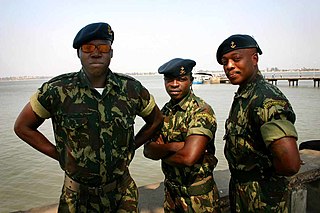
The Mozambique Defence Armed Forces or FADM are the national armed forces of Mozambique. They include the General Staff of the Armed Forces and three branches of service: Army, Air Force and Navy.

uMkhonto we Sizwe was the paramilitary wing of the African National Congress (ANC), and was founded by Nelson Mandela in the wake of the Sharpeville massacre. Its mission was to fight against the South African government.

Samora Moisés Machel was a Mozambican military commander and political leader. A socialist in the tradition of Marxism–Leninism, he served as the first President of Mozambique from the country's independence in 1975.
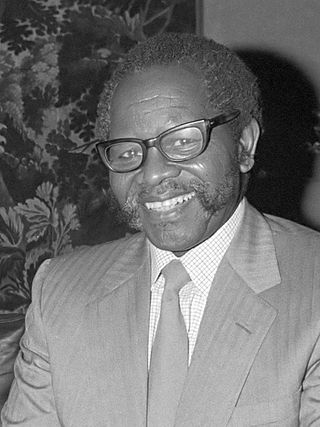
Oliver Reginald Kaizana Tambo was a South African anti-apartheid politician and activist who served as President of the African National Congress (ANC) from 1967 to 1991.
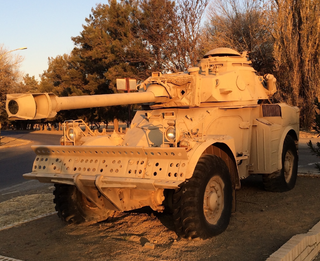
The Eland is an air portable light armoured car based on the Panhard AML. Designed and built for long-range reconnaissance, it mounts either a 60mm (2.4 in) breech-loading mortar or a Denel 90mm (3.5 in) gun on a very compact chassis. Although lightly armoured, the vehicle's permanent 4X4 drive makes it faster over flat terrain than many tanks.

The South African Special Forces Brigade, colloquially known as the Recces, is South Africa's principal special operations unit, specialising in various types of operations including; counter-insurgency, long-range-reconnaissance, unconventional-warfare, special operations, hostage-rescue, and direct-action operations. The brigade operates with two active-duty groups, with 4 Special Forces Regiment focusing on maritime operations, and 5 Special Forces Regiment focusing on land and airborne operations. Only about 8% of recruits who undergo South African special forces training pass the course.

The South African Defence Force (SADF) comprised the armed forces of South Africa from 1957 until 1994. Shortly before the state reconstituted itself as a republic in 1961, the former Union Defence Force was officially succeeded by the SADF, which was established by the Defence Act of 1957. The SADF, in turn, was superseded by the South African National Defence Force in 1994.
The 1 Reconnaissance Commando was the first South African special forces unit, founded by General Fritz Loots - the founder of the South African Special Forces, and the first General Officer Commanding of the South African Special Forces. He appointed 11 qualified paratroopers as the founder members. Included in these 11 paratroopers was Jan Breytenbach, who was placed in command of the Founder Members by General Loots.

The South West Africa Territorial Force (SWATF) was an auxiliary arm of the South African Defence Force (SADF) and comprised the armed forces of South West Africa from 1977 to 1989. It emerged as a product of South Africa's political control of the territory which was granted to the former as a League of Nations mandate following World War I.
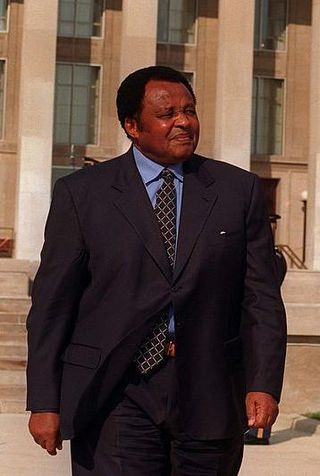
Johannes "Joe" Modise was a South African political figure. He helped to found Umkhonto we Sizwe, the military wing of the African National Congress, and was its longest serving Commander in Chief, deputised at different points in time by Joe Slovo and Chris Hani. Modise headed MK for a 25-year period, from 1965 to 1990. He served as South Africa's first black Minister of Defence from 1994 to 1999 and led the formation of the post-independence defence force.
The Church Street bombing was a car bomb attack on 20 May 1983 in the South African capital Pretoria by uMkhonto we Sizwe (MK), the paramilitary wing of the African National Congress. The bombing killed 19 people, including the two perpetrators, and wounded 217. The Church Street Bombing was the most deadly attack by the ANC against South Africa's ruling National Party.

7 Medical Battalion Group is the specialist Airborne Medical Unit of the South African Military Health Service. The Battalion's main task is to render medical support to the South African Airborne and Special Forces.
The Raid on Gaborone took place on 14 June 1985 when South African Defence Force troops, under the order of General Constand Viljoen, crossed into Botswana violating International Law and attacked South African émigrés living in exile in Gaborone. The raid, the fifth South African attack on a neighbouring country since 1981, killed 12 people including women and children; only five of the victims were actual members of the African National Congress (ANC), at the time the main opposition group against the National Party white supremacist minority regime.
Operation Firewood was a secretive military operation in 1987 by the South African Defence Force (SADF) during the South African Border War.
Operation Skerwe was a military operation conducted by the South African Air Force (SAAF) against African National Congress (ANC) facilities based in the Matola suburb of Maputo city.
2 Reconnaissance Regiment was the Active Citizen Force unit of the South African Special Forces. Its part-time service personnel formed part of the reserve component of the South African Defence Force.

913 Battalion was part of 91 South West African Brigade.
Operation Lark was two special forces naval operations in 1978 conducted by members of the South African Navy (SADF), 4 Reconnaissance Regiment and Rhodesian SAS during the South African Border War. Its objective was the assassination of Robert Mugabe at his residence in Maputo, Mozambique.
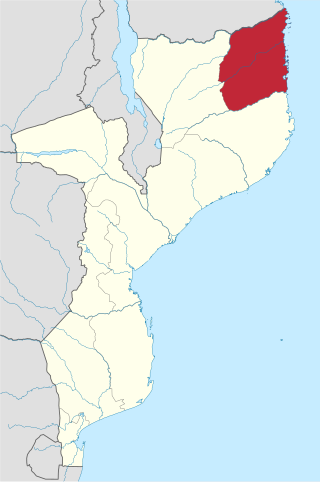
The Southern African Development Community Mission in Mozambique (SAMIM) is an active regional peacekeeping mission operated by the Southern African Development Community in Northern Mozambique's Cabo Delgado Province.












